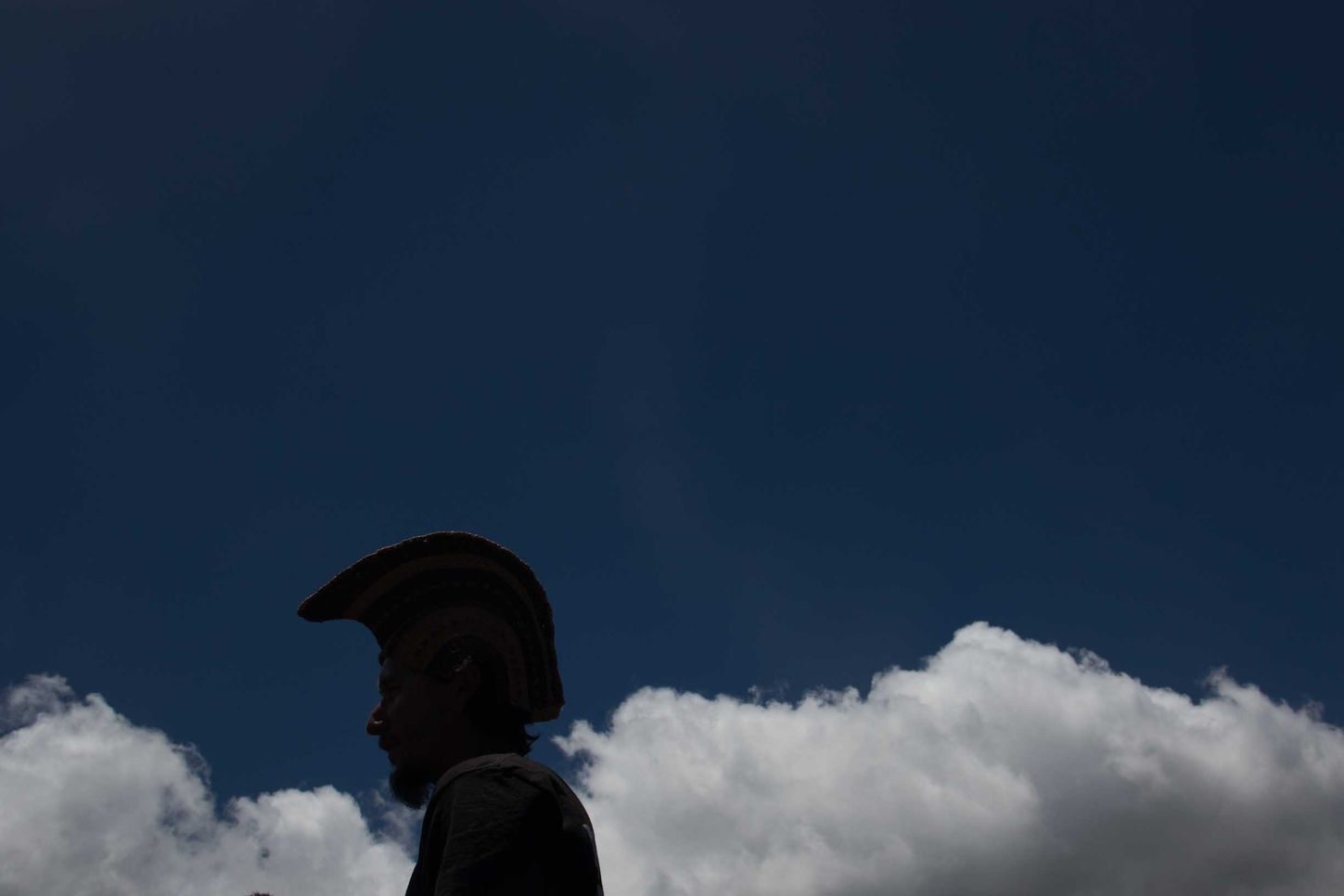CONFLICT IN THE PARADISE
The struggle of the Natives to save Hawaiian land and tradition
Native Hawaiians have a sacred connection with their ‘Āina i.e land. A cultural significance is known as "aloha ʻāina," which translates to "love of the land." They believe it is the land that nourishes and feed them. However, for centuries of colonization and unwanted settlement different foreign entrepreneurs have led to the displacement of many natives. To this day, some Native Hawaiians are still out in the field, battling against the opposition to raise awareness about these injustices while seeking to gain back control of their land.
This skepticism isn't just a matter of the past. Some Native Hawaiians perceive that Western values are still occupying their sacred spaces, which is preventing them from speaking out. For over a decade, Native Hawaiian activists have been protesting against the construction of the Thirty Meter Telescope, assumed to be the world's largest telescope atop Mauna Kea on Hawaii's Big Island. Mauna Kea's summit, where other telescopes are already built, is considered sacred ground to Native Hawaiians. It is also a habitat for native and endangered plants and wildlife. Following that came the protest against the Kahuku Wind Farm Project where since October more than 100 people were arrested protesting about the wind farm project on the island of O'ahu. Similar to Mauna Kea, the island of O'ahu also faced such an issue where a private company from the continental US-initiated to construct wind turbines in the hope of producing renewable energy. Due to this landscape of Oahu's North Shore is going through many ups and downs. For a long time, protestors have been out on the streets protesting about getting back their rights to live where they deserve to be.
To the Native Hawaiians, Mauna Kea is a sacred site. It is the pinnacle of the Native Hawaiian ancestral ties to creation. It’s considered as a sanctuary for worship, as a home to the gods, and as the piko of Hawaiʻi Island.
During the press conference on July 10 with other state officials, Hawaii Gov. David Ige announced officially that the construction of the Thirty Meter Telescope would begin on July 15, 2019. After a long 10 years of tension and decision over this matter, the state finally approved the construction of the telescope upon the world’s tallest volcano from sea level, Mauna Kea.
Previously, in 2015 construction of TMT was halted because of the active protest where the protesters blocked the construction workers from accessing the construction zone. Law enforcement authority arrested 31 people back in April 2015 protest. Four years after, when the construction project was officially approved over 2000 protesters and Native Hawaiians gathered at the base of Mauna Kea on the island of Hawaii to show their unity against the construction of the telescope.
The state of Hawai’i has pledged to generate 100 percent of its electricity by 2045. It includes the production of renewable energy through wind turbines. The wind farm project is planned to include eight turbines standing 568 feet high built near a small village of 2,300 people called Kahuku. Many of the arrests occurred after protesters blocked trucks carrying equipment to the site. The protests started from Kahuku and continued all the way to Kalaeloa where the protestors kept blocking the convoys.
The protest ignited the natives to fight for their land and bring back what they own. This is about protecting the environment, protecting the a’ina (land), standing up for the community. Their voices are not being heard. Kahuku residents have previously claimed that the turbines lead to health problems, such as nausea and migraines caused by the noise and light stemming from the turbines. Since October, AES Corporation has been transporting turbine parts from Kalaeloa to Kahuku five days a week. The company plans to construct eight turbines in Kahuku, which are expected to start operating in 2020. Wind farm opponents have been protesting and attempting to stop the project ever since the company started transporting the equipment.

On the other hand, University of Hawai‘i at Mānoa students and faculty conducted a sit-in protest at Bachman Hall in opposition to the construction of the Thirty Meter Telescope on Mauna Kea. Since the first day of the Fall 2019 academic session, University Hawaii at Manoa (UHM) Bachman Hall Mauna Kea Kia’i (protestors) which includes students and faculties took turns and occupied the main lobby of Bachman Hall 24/7. To them, it is a way to show a nonviolent protest.
After 117 days of occupying the longest sit-in in the history of the University of Hawai‘i, students and faculty packed their belongings and made the final exit from Bachman Hall.
























